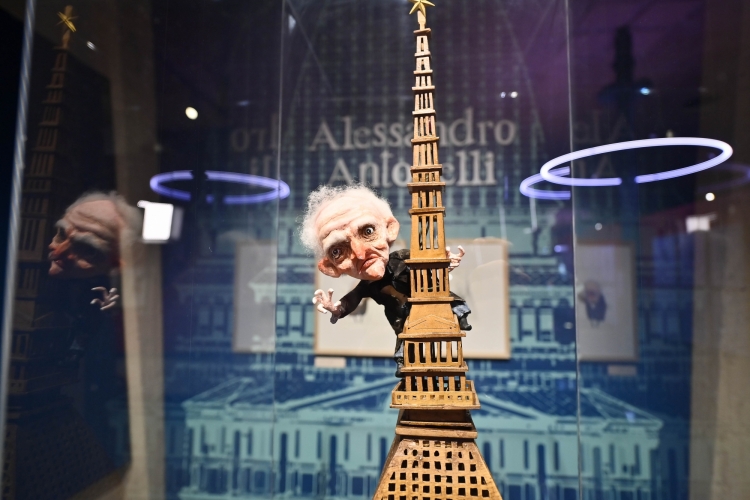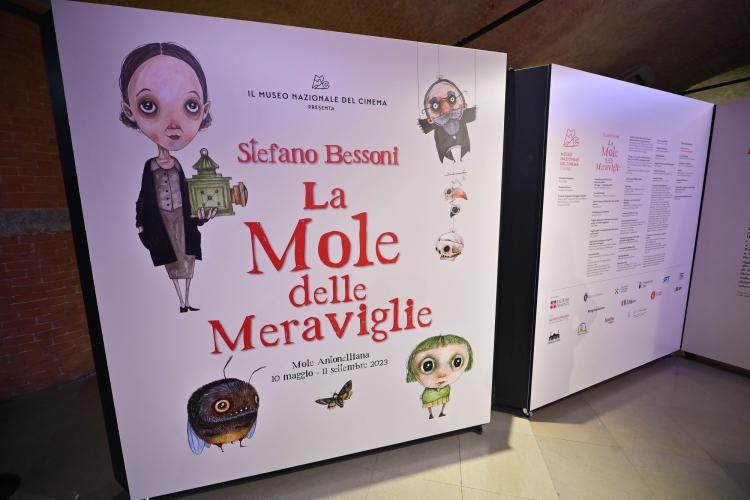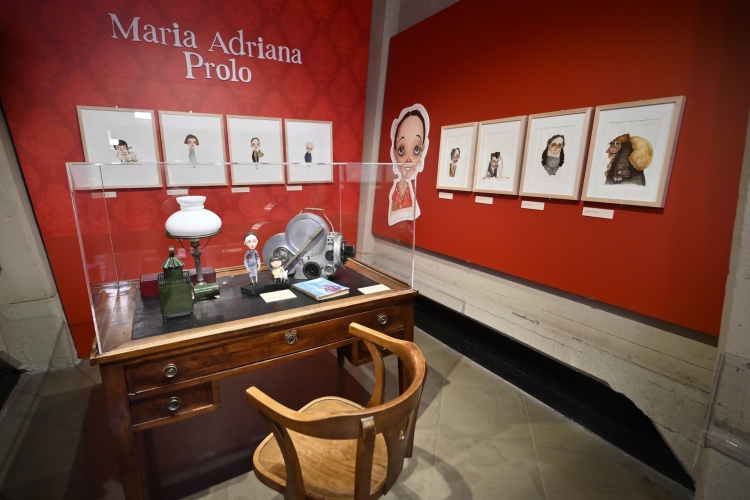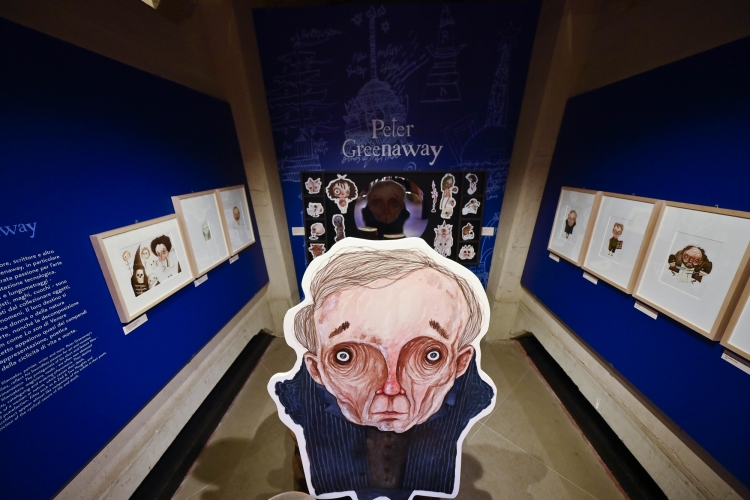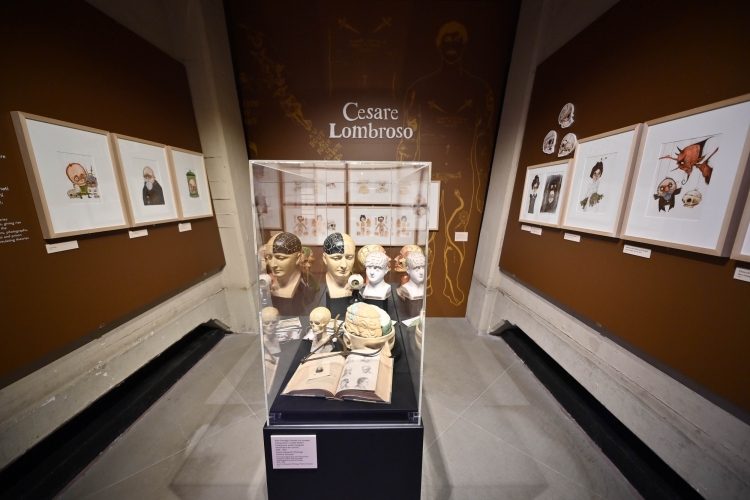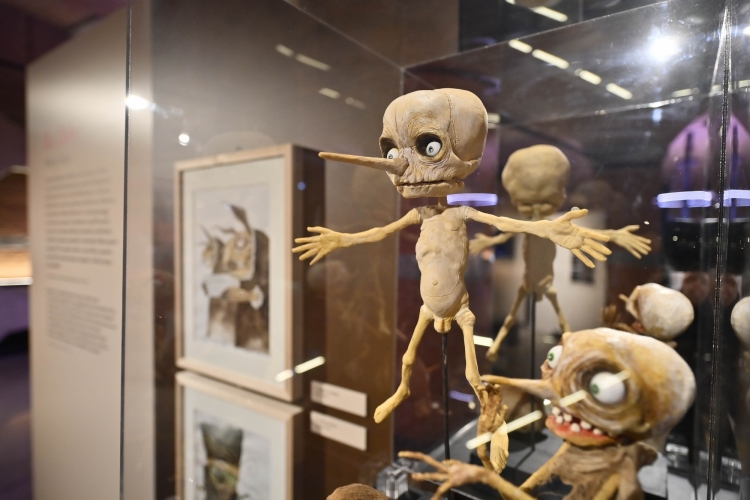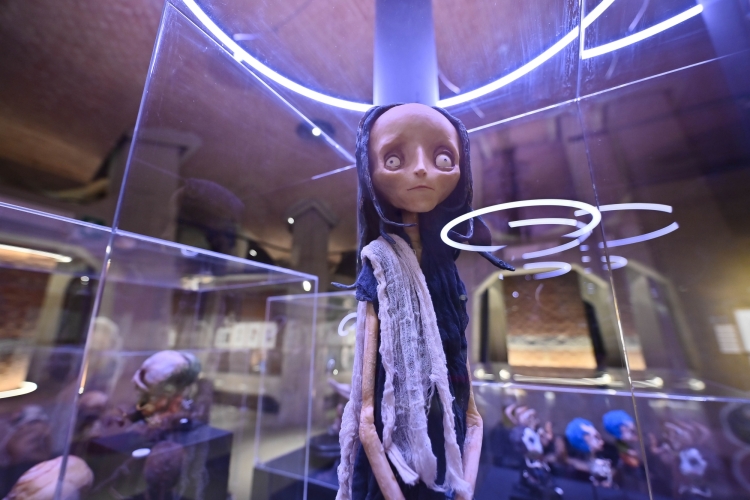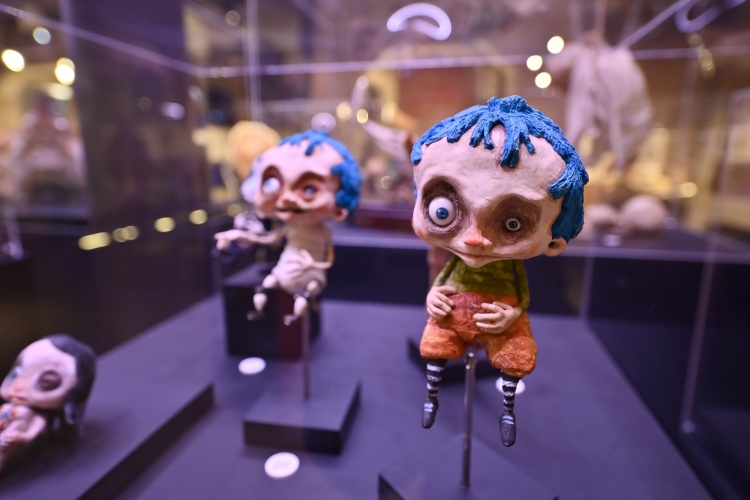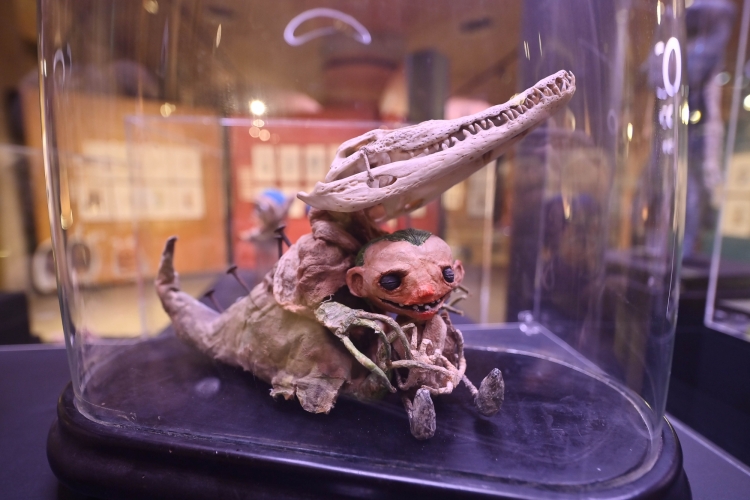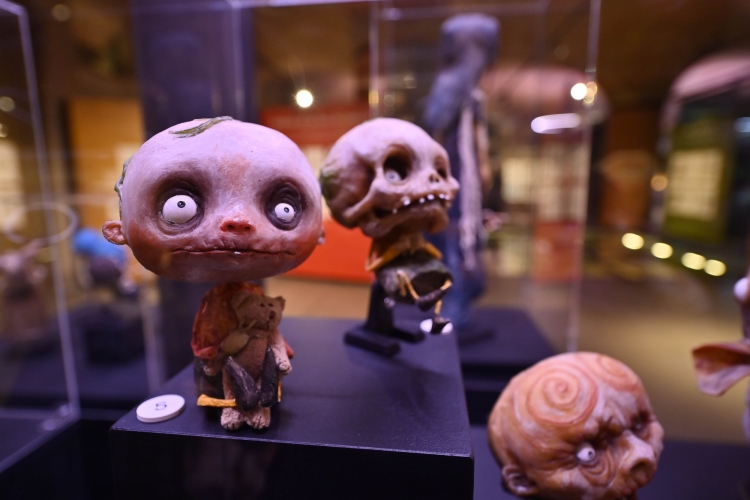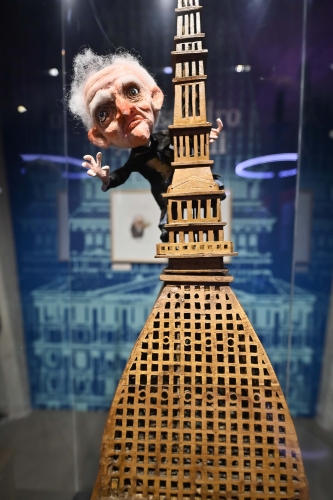
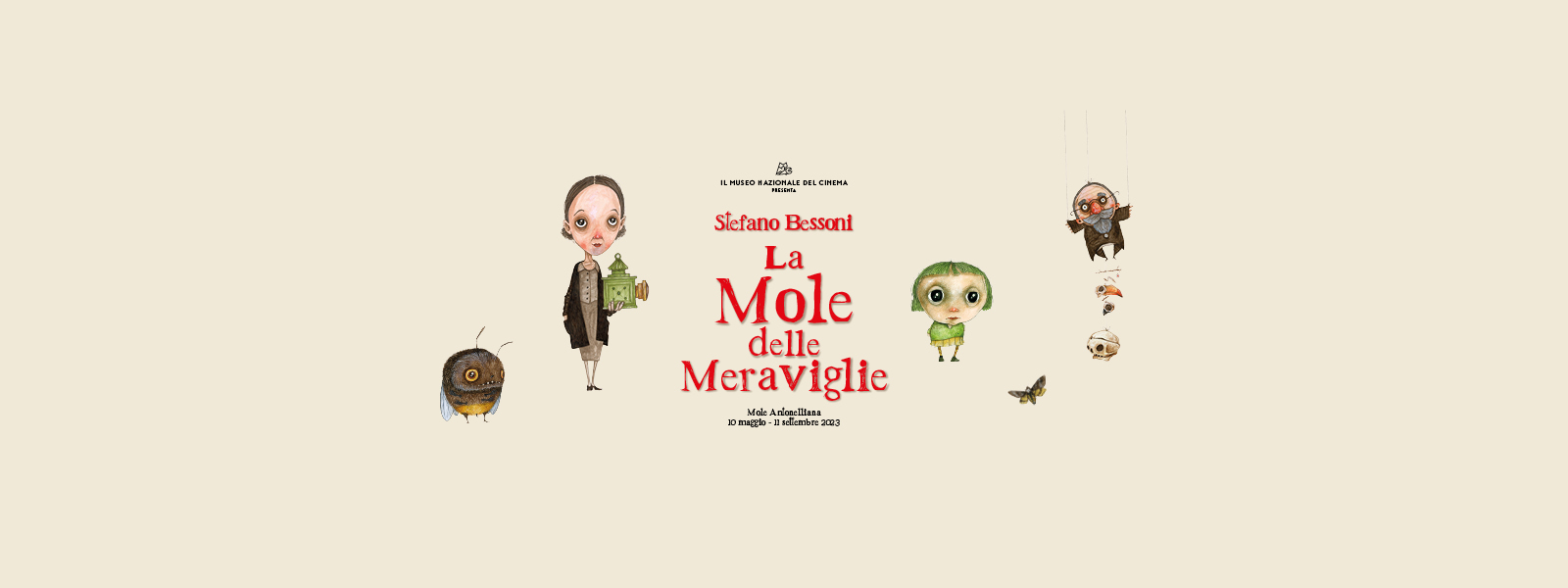
STEFANO BESSONI. The Mole of Wonders
National Museum of Cinema, ground floor
10 May - 11 September 2023
Free admission
The National Museum of Cinema presents Stefano Bessoni. La Mole delle Meraviglie (the Mole of wonders), curated by Stefano Bessoni and Domenico De Gaetano, the first major exhibition dedicated to the creative genius of the director, illustrator and animator, on display from 10 May to 11 September 2023 on the Mole Antonelliana's ground floor, with free admission during museum opening hours.
Over 150 works will be on display - mostly from Bessoni's private archive and from the collections of the National Museum of Cinema – telling the story of the pivotal areas of his expressive research: from fairy tales to the world of science, from illustrations to stop-motion animation and puppet-making, to his great love for cinema.
We find ourselves immersed between the fantastic and the fairytale world; a fascinating Wunderkammer inside the most majestic and imposing of Turin's ‘Wunderkammer’, the Mole Antonelliana.
The exhibition evolves around five illustrious figures, Antonelli, Prolo, Darwin, Lombroso and Greenaway, who, albeit in different eras and fields, share a common vocation: to collect and catalogue objects and ideas. Bessoni interprets them, translates them into graphic lines and objects, in an alternation of colour and black and white, between the real and the imaginary. Stefano Bessoni's art and work recount this fil rouge.
At the centre of the itinerary, the original desk that Maria Adriana Prolo used at Palazzo Chiablese, the first seat of the National Museum of Cinema, with the original of the volume Storia del cinema muto italiano (History of Italian Silent Cinema), written by Prolo and published in 1951.
Contestualmente, Logos Edizioni ha pubblicato il volume di Stefano Bessoni Maria Adriana Prolo. La signorina del cinematografo, edito in due lingue, che racconta la storia di colei che ha portato alla nascita del Museo del Cinema.
Two volumes will be accompanying the exhibition.
A catalogue, published by Silvana Editoriale, featuring the works on display, with introductions by Enzo Ghigo and Martino Gozzi, and texts by Domenico De Gaetano, Alfredo Accatino, Santo Alligo, Ivan Cenzi and Telmo Pievani, plus an interview with Stefano Bessoni by Claudia Gianetto and Marco Grifo.
At the same time, Logos Edizioni published Stefano Bessoni's book Maria Adriana Prolo. La signorina del cinematografo. Published in two languages, it recounts the story of the woman who led to the birth of the National Museum of Cinema.
In addition to the exhibition, a series of initiatives featuring Stefano Bessoni and his art are planned.
On Friday 12 May 2023 at 10:00 a.m. in the Sala Blu of the Palazzo del Rettorato, Stefano Bessoni will be in dialogue with Domenico De Gaetano during the Masterclass Stop-motion. L'anima nera dell'animazione (The black soul of animation), organised by the National Museum of Cinema in collaboration with the University of Turin and the Holden School. The talk will be followed by a guided tour of the exhibition (free of charge, subject to availability).
On Friday 12 May at Cinema Massimo at 8:30pm, the feature film Krokodyle will be screened, with an introduction by director Stefano Bessoni and Domenico De Gaetano, the director of the National Museum of Cinema.
A series of workshops organised by the National Museum of Cinema of Turin and the Holden School in collaboration with the University of Turin are also planned for June and July.
The artist
Stefano Bessoni is a director, illustrator and animator. His experimental films have received awards at national and international festivals. After feature films Fragments of Inexact Sciences, Imago Mortis and Krokodyle, he started telling his stories with picture books; he approached animation cinema, and was dazzled by them. Bessoni firmly believes in auteur policy and cinema as a form of expression. His main points of reference are Peter Greenaway and Jan Švankmajer.
The Wunderkammer
The Wunderkammer is the archetype of today's natural history museums and can be likened to the Cabinets of Curiosities of the Renaissance period; it stems from the desire to bring together in one place collections of natural objects, oddities and amazing artefacts. Its heyday came to an end around the middle of the 18th century with the advent of modern scientific thought, although the impulse to create chambers of wonder survives above all in the field of art – think of the works of Joseph Cornell, André Breton or Kurt Schwitters.
Partners and Sponsors



